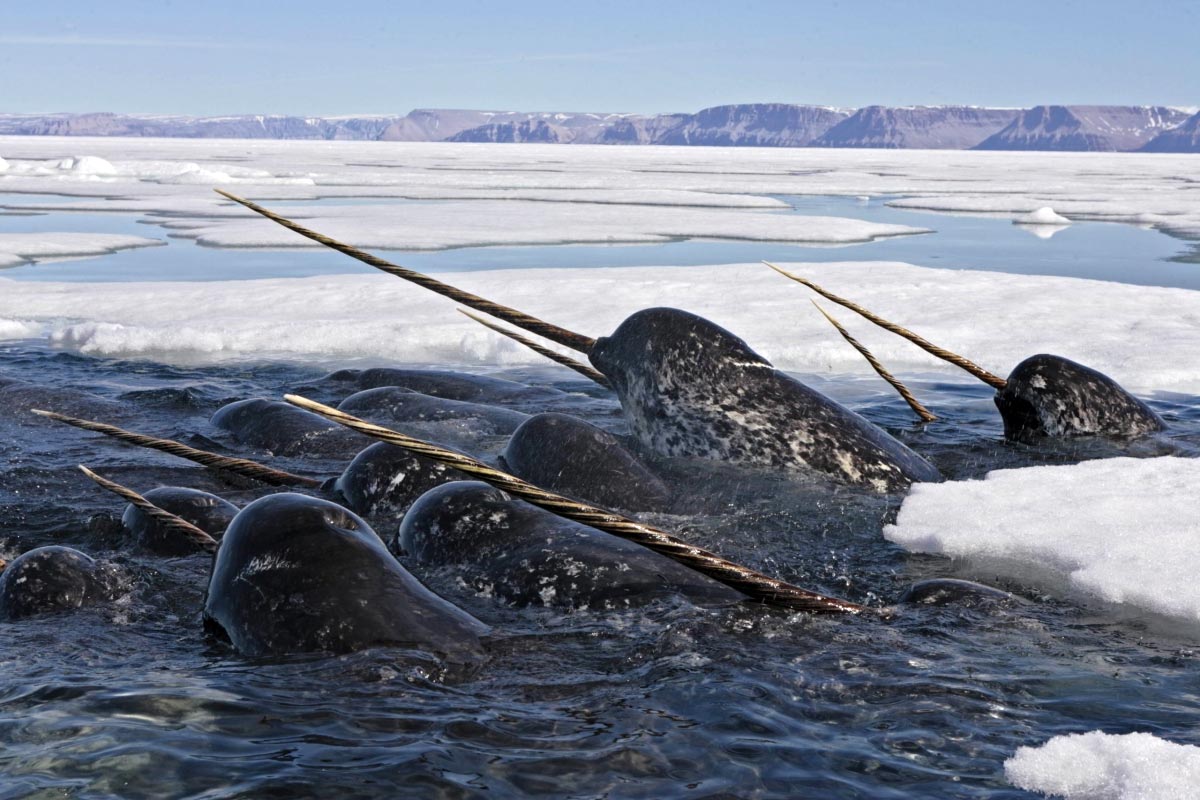Scientists Track Rapid Climate Breakdown, Ice Loss Through Mercury Accumulation In Narwhal Tusks

In the Arctic, climate change and pollution are the biggest threats to top predators like narwhals. Studying the animals’ tusks reveals that diet and exposure to pollution have shifted over the past half-century in response to sea-ice decline. Human emissions have also led to a sharp rise in the presence of mercury in recent years, according to an international team of researchers.
“Our research shows that climate change is having substantial impacts on Arctic ecosystems, with consequences for exposure to toxic pollutants like mercury,” says co-author Jean-Pierre Desforges, a Postdoctoral Fellow at McGill University under the supervision of Nil Basu and Melissa McKinney. Using natural growth layers in the tusk of male narwhals, the researchers were able to document yearly changes in mercury exposure dating back to the 1960s in a study published in Current Biology.
EDIT
“Heavy metals like mercury and other contaminants accumulate at each link in the food chain. The higher you are in the food chain, the more mercury you accumulate in your body throughout your life,” says Desforges. Elevated amounts of heavy metals in the body are toxic and can affect cognitive functions, behavior, and the ability to reproduce.
The researchers found that from 1990 until 2000, narwhals accumulated relatively small quantities of mercury as the new prey sat lower in the food chain. Up until around 1990, the narwhals’ food consisted particularly of prey linked to the sea ice, such as halibut and Arctic cod. During this period, the ice cover was extensive in areas like Baffin Bay. After 1990, the ice cover declined consistently year after year and the diet of the narwhals changed to open ocean prey like capelin and polar cod. However, from around 2000, the amount of mercury increased significantly in the narwhal tusks without a simultaneous shift in diet.

EDIT
https://scitechdaily.com/narwhal-spiraled-tusks-reveal-toxic-mercury-exposure-related-to-climate-change/

